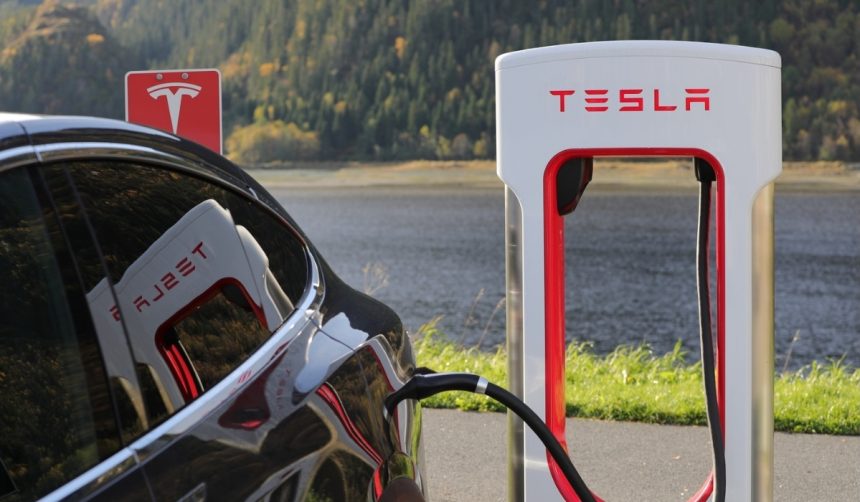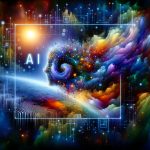Media coverage of Tesla’s Full Self-Driving (FSD) program often focuses on its challenges, yet recent events mark a shift in the narrative. A high-profile visit to Tesla’s Gigafactory in Texas by television personality Lara Trump has sparked renewed curiosity. Her firsthand experience with the autonomous capabilities of Tesla’s vehicles highlights the technological strides Tesla has made, along with potential implications on the future of transportation. Such showcases could influence future acceptance and perception of autonomous technologies.
Historically, Tesla has faced scrutiny over its autonomous systems, with various reports critiquing their readiness and safety. However, recent demonstrations have highlighted technical advancements, with a focus on real-world applications. The company’s ongoing plan to develop a robotaxi service builds on previous instances of innovation, yet challenges in regulatory compliance and safety assurance remain persistent hurdles. Comparisons to past attempts underscore a gradual shift towards more tangible applications.
What Did Lara Trump Discover?
Lara Trump’s visit to Tesla’s Gigafactory, captured in a video, provided a platform for viewers to witness Tesla’s FSD Unsupervised in action. Her excitement centered on the Model Ys autonomously driving without occupants, a moment she described with enthusiasm.
“These cars are going to drive themselves. Look at this, there it goes! Nobody’s in there. Wow, that’s amazing. That is so cool. Only Elon Musk could do this,”
she expressed. Such public demonstrations may aid in altering perceptions of the technology’s viability.
How Is Tesla Expanding Its FSD Unsupervised Use?
Tesla is initiating the deployment of its FSD Unsupervised system beyond its factories. The company plans to launch a robotaxi service in Austin, Texas, as early as June, utilizing their autonomous driving technology. Such initiatives suggest a focus on operational expansion through strategic deployment.
“I’m confident that it will be available in many cities in the US by the end of this year,”
Tesla’s CEO Elon Musk stated. Rollouts to customer vehicles are also anticipated, marking a significant step in the company’s broader vision for self-driving cars.
What Are The Implications for Tesla’s Future?
The integration of FSD Unsupervised into Tesla’s vehicle lineup speaks to anticipated advancements in autonomous driving technology. Tesla’s strategy includes not only expanding service areas but also addressing safety considerations and regulatory approval. While these advancements signal future potential, ongoing evaluation of technology performance will be crucial to achieving long-term objectives. Stakeholders in the automotive industry and regulators will closely monitor the deployment of these systems.
As Tesla continues to navigate technological and regulatory landscapes, its FSD Unsupervised program underscores both opportunities and challenges inherent with autonomous vehicles. The development’s potential impact on reducing traffic incidents and enhancing operational efficiency adds layers to the conversation. Continued advancements could contribute significantly to the broader adoption of self-driving vehicles. Observers will keenly evaluate how Tesla addresses the challenges of scalability and public trust. These efforts demonstrate the practical integration of cutting-edge technology into transportation.










